-
main-collection-product-grid
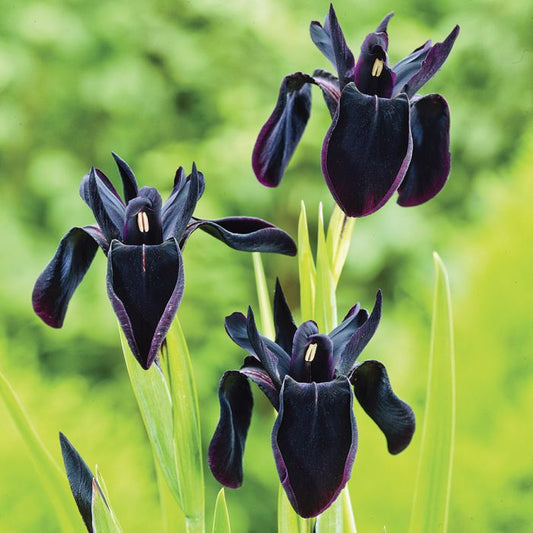
Siberian Iris Roots - Black Flowered
The closest thing to true black in the cut flower gardenSiberian Iris Roots - Black Flowered
The closest thing to true black in the cut flower gardenRegular price As Low As $15.79Regular priceUnit price per -
main-collection-product-grid
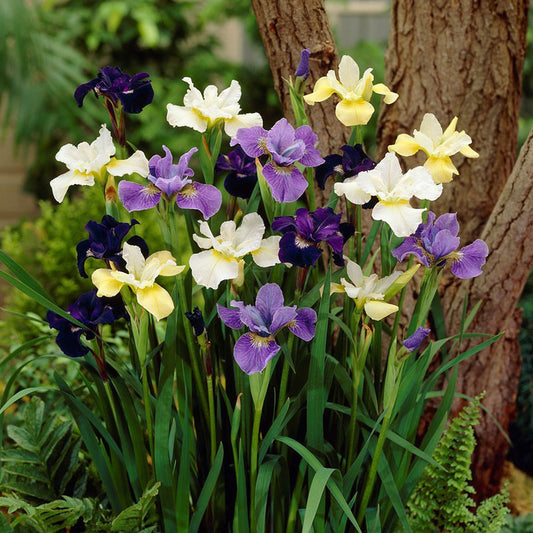
Siberian Iris Roots - Mix
This delightful mix of yellows and purples is the most cold-hardy irisesSiberian Iris Roots - Mix
This delightful mix of yellows and purples is the most cold-hardy irisesRegular price As Low As $15.79Regular priceUnit price per -
main-collection-product-grid
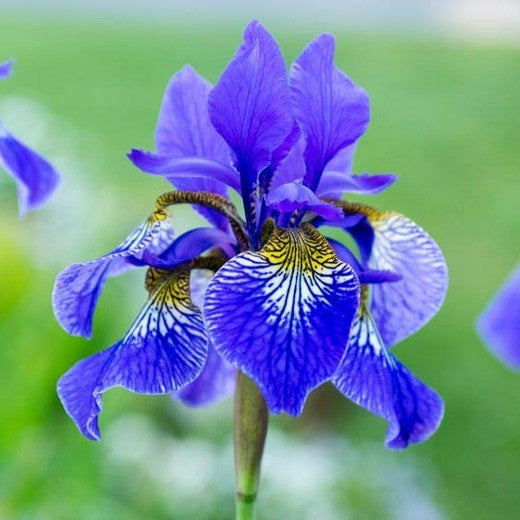
Siberian Iris Roots - Silver Edge
True to its name, these petals appear rimmed in precious metalSiberian Iris Roots - Silver Edge
True to its name, these petals appear rimmed in precious metalRegular price As Low As $13.69Regular priceUnit price per -
main-collection-product-grid
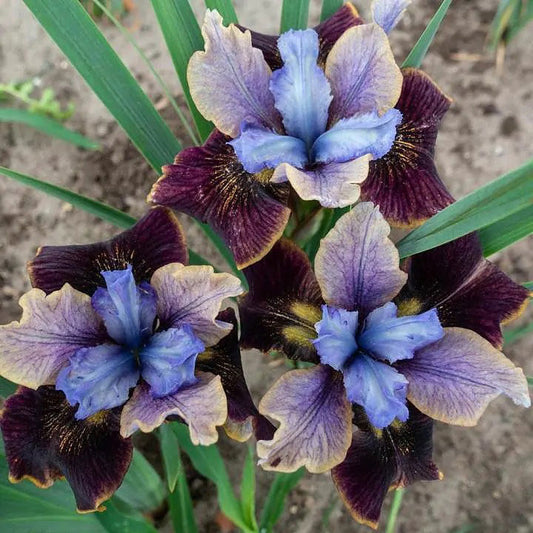
Siberian Iris Roots - Black Joker
Our most intriguing color combinationOut of StockSiberian Iris Roots - Black Joker
Our most intriguing color combinationRegular price As Low As $15.79Regular priceUnit price per -
main-collection-product-grid
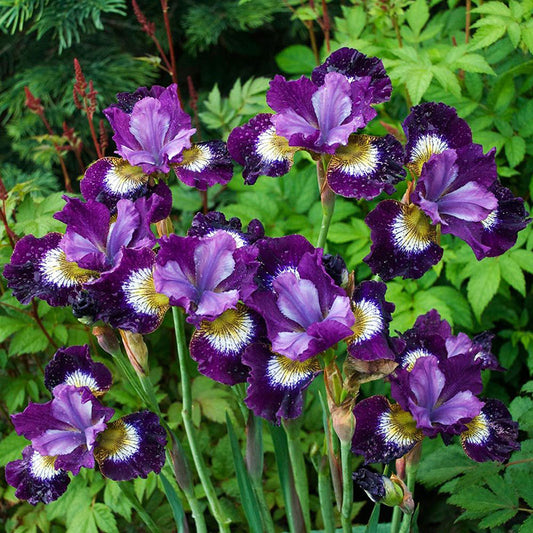
Siberian Iris Roots - Contrast In Styles
These multicolored petals are as intricately designed as pansy facesSiberian Iris Roots - Contrast In Styles
These multicolored petals are as intricately designed as pansy facesRegular price As Low As $13.69Regular priceUnit price per -
main-collection-product-grid
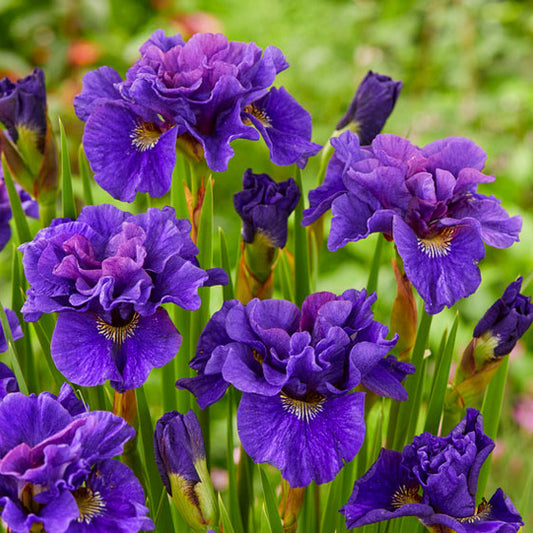
Siberian Iris Roots - Concord Crush
Wows you with an abundance of petalsSiberian Iris Roots - Concord Crush
Wows you with an abundance of petalsRegular price As Low As $15.79Regular priceUnit price per -
main-collection-product-grid
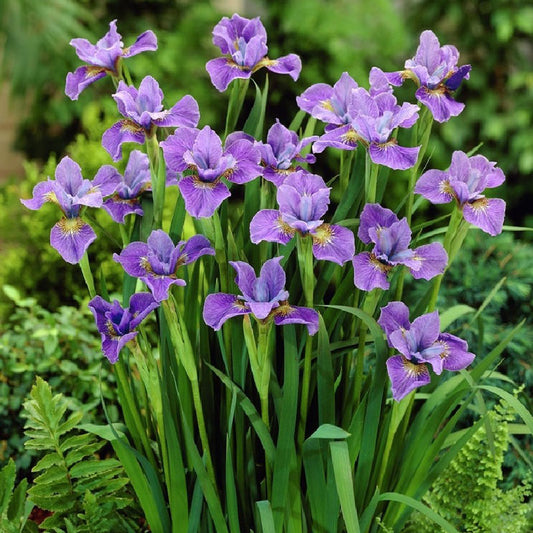
Siberian Iris Roots - Purple
These easy-to-grow irises are quick to naturalizeSiberian Iris Roots - Purple
These easy-to-grow irises are quick to naturalizeRegular price As Low As $13.69Regular priceUnit price per
Grow Siberian irises for seasons of beauty
- Easy to grow and maintain
- Vigorous grower with fragrant flowers
- Deer and rabbit resistant
- Attracts butterflies and other pollinators
The best siberian irises to plant in your garden
First cultivated by monks in the Middle Ages, the Siberian iris grows wild across Europe and Central Asia and has been naturalized in America and the British Isles. Siberian iris has graced monasteries and royal estates, and is still currently grown in the upper garden at Mount Vernon.
How to grow and care for Siberian irises
Although it grows naturally in grassland and forest, this vigorous flower bulb isn't particularly picky about its environment. Hardy in USDA zones 2 through 9, Siberian iris prefers full sun in the north but can be grown in light or even partial shade further south. The bulbs tolerate both drought and wet soil, as well as clay. Plants should be kept well-watered, especially in hotter climates and do particularly well at the edges of ponds and other water features.
Companion plants for Siberian iris roots
Eden Brothers' Silver Edge Siberian Iris Roots and Snow Queen Siberian Iris Roots would make an elegant addition to the old world charm of cottage gardens. Or, if you're looking for something more dramatic, try the startlingly dark blossoms of Eden Brothers' Black Flowered Siberian Iris Roots, perhaps with the scarlet, orange, or pale pink of poppies. Other excellent companion plants to the Siberian iris include salvia and columbine.
The Siberian iris is typically grown from roots rather than seed, as it spreads through rhizomes, and extensive root systems make it an excellent choice for erosion control. To grow, plant bulbs one inch below the soil surface in the fall. Flowers bloom late April through June. Choose the best option for your garden from our selection of roots, and mix and match for the longest growing season and beautiful color variety!
When to divide siberian irises
Flowers will spread on their own, but can also be guided into desired beds. For healthier growth, divide clumps when they become too large, or when the parent plant begins to fade (typically two to three years from planting). Division should be done after the plants have bloomed in the spring, or else in the early autumn. Deadhead your plants regularly for better blossoms and to avoid the maturing of seedheads.
For more information about planting, growing, and caring for Siberian irises, see our Siberian Iris Bulbs Planting Guide.






